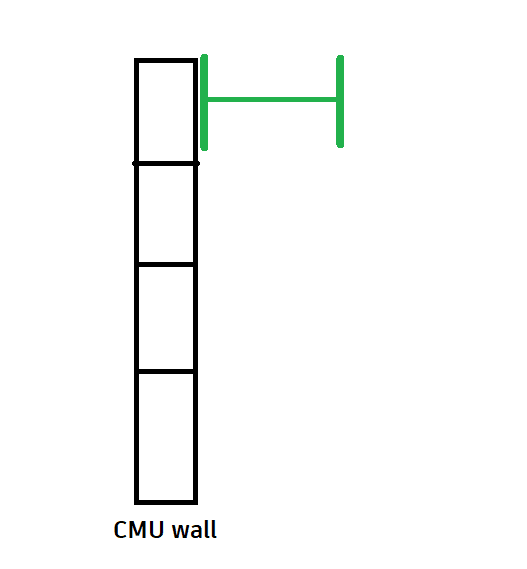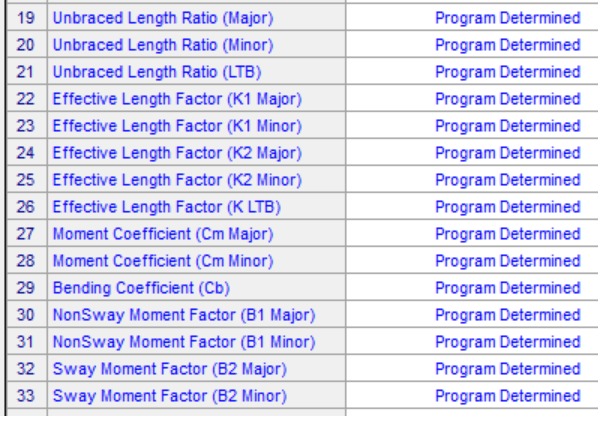Hello,
I want to discuss the correct configuration of braced lengths in SAP2000 for a spandrel beam used to support a CMU wall.

What I think is that the CMU causes the outer flange to be braced so the minor axis would also be braced, but the inner flange is unbraced so the lateral torsional bucking would be unbraced.
Are correct those assumptions?
Thanks.
I want to discuss the correct configuration of braced lengths in SAP2000 for a spandrel beam used to support a CMU wall.

What I think is that the CMU causes the outer flange to be braced so the minor axis would also be braced, but the inner flange is unbraced so the lateral torsional bucking would be unbraced.
Are correct those assumptions?
Thanks.

